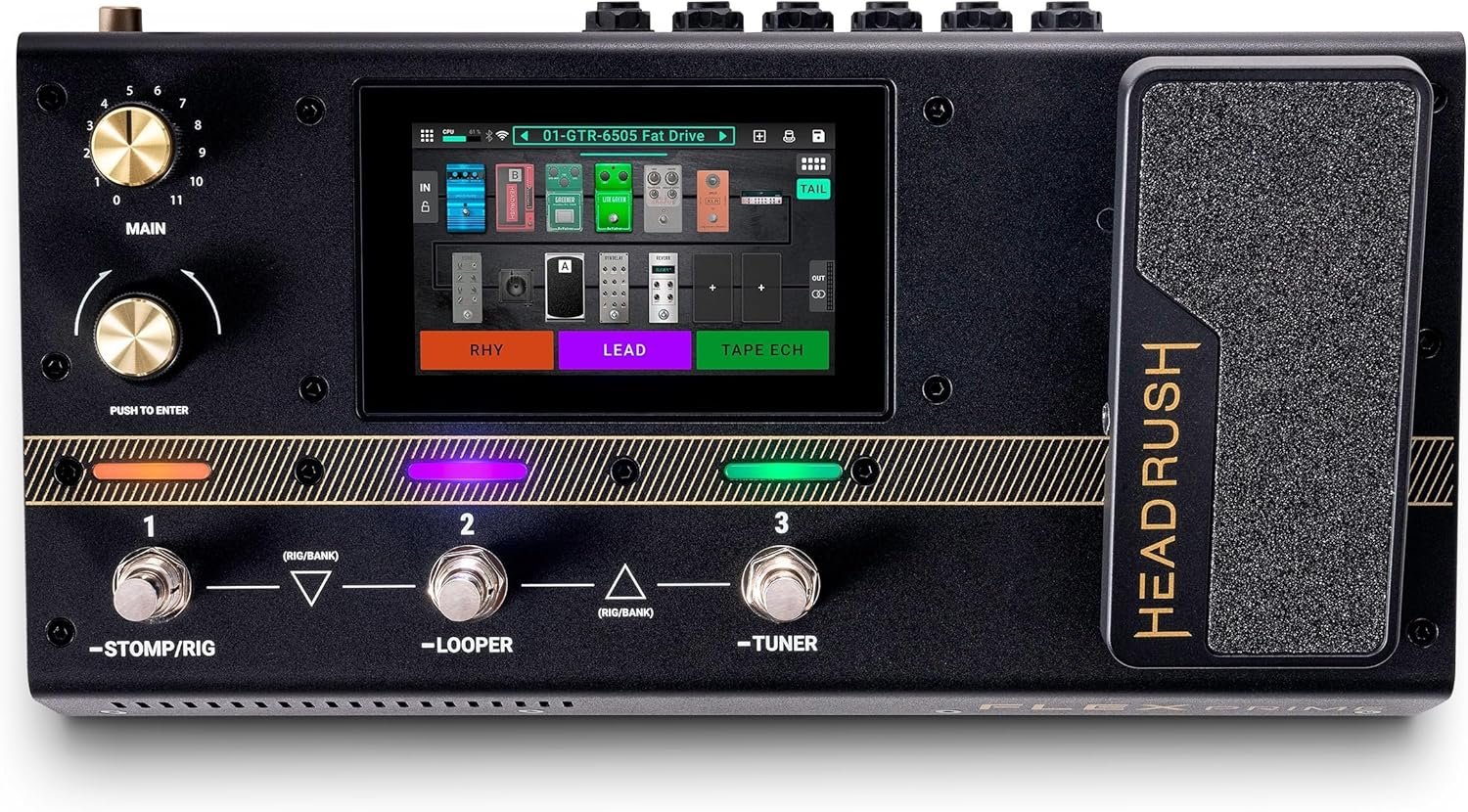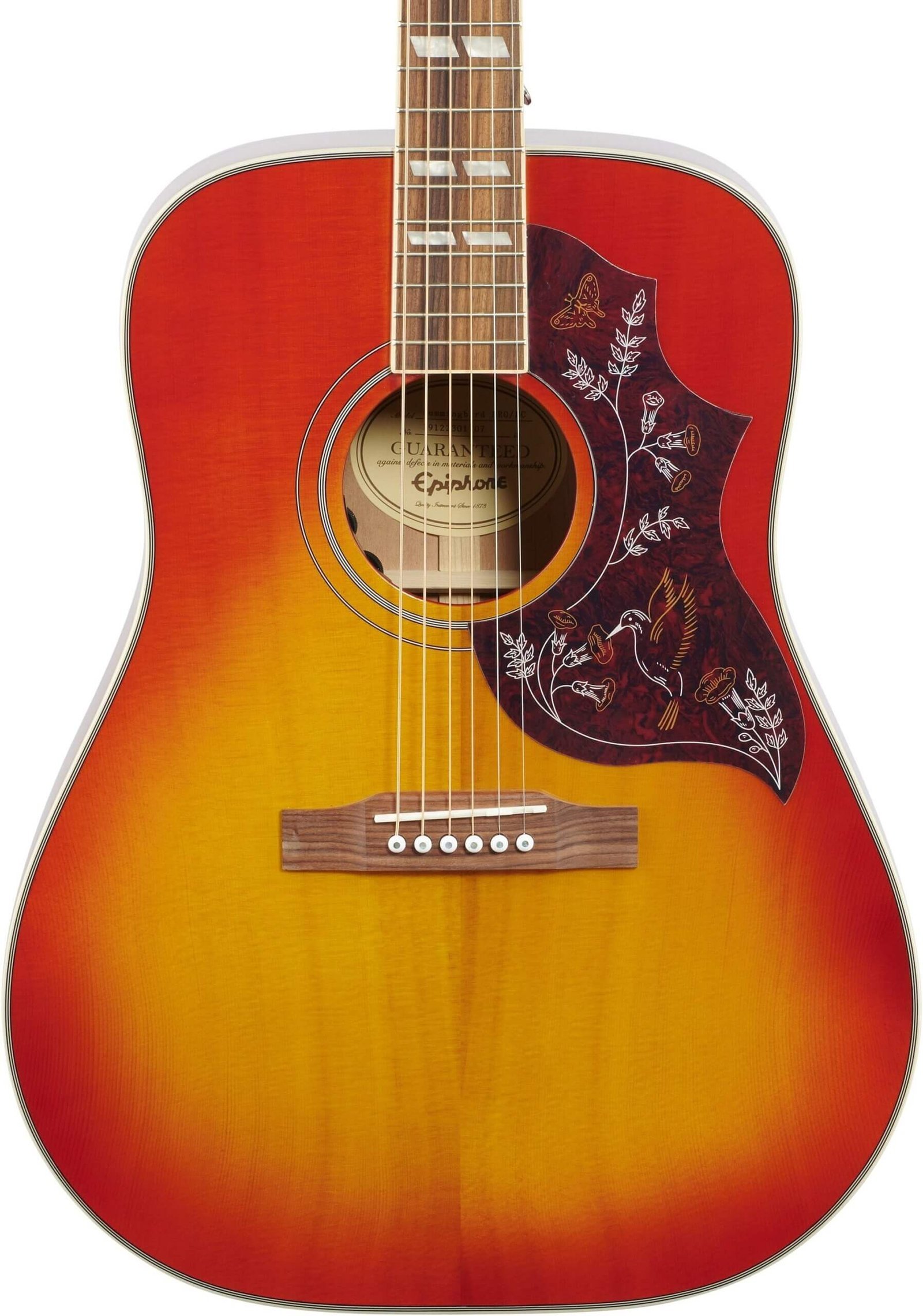Introduction to Learning Guitar
Learning guitar is a rewarding and enriching pursuit that transcends age, background, and musical experience. It is an instrument that welcomes individuals of all ages, from young children to retirees, and offers an alluring gateway into the world of music. The appeal of the guitar lies not only in its versatility across countless musical genres but also in its capacity to facilitate personal expression and foster social connections.
Throughout history, the guitar has been a favored instrument due to its accessibility. Unlike some other musical instruments that may require extensive training to even hold properly, the guitar can be easily picked up and played in a matter of minutes. This ease of entry encourages many aspiring musicians to explore their musical curiosity without feeling overwhelmed. Whether strumming along to favorite songs or composing original pieces, the guitar creates opportunities for creativity and self-exploration.
The cognitive benefits associated with learning guitar are well-documented. Studies have shown that engaging with music can enhance memory, develop critical thinking skills, and improve overall concentration. Additionally, as individuals learn to read music or understand chords, they simultaneously sharpen their mathematical reasoning and pattern recognition abilities. The process of mastering guitar techniques requires patience and discipline, which further contributes to cognitive development.
Moreover, learning to play the guitar is an excellent avenue for emotional expression. Many individuals find solace and therapy in playing music, using the instrument as a means to convey feelings that may be difficult to articulate. This emotional connection not only enriches the player’s experience but also helps in forging deeper relationships with others through shared musical activities.
Finally, the social benefits of playing the guitar cannot be overlooked. Group lessons, jam sessions, and performances create a sense of community among musicians. Engaging with others in a musical context fosters camaraderie, enhances communication skills, and can lead to long-lasting friendships. In summary, the journey of learning guitar is filled with opportunities for personal growth, enjoyment, and connection, making it a truly worthwhile endeavor for individuals of any age.
Choosing the Right Guitar for Beginners
When embarking on the journey of learning guitar, selecting the appropriate instrument is a fundamental step that can significantly influence a beginner’s experience. Guitars can generally be classified into three main types: acoustic, electric, and classical, each with unique characteristics and playing styles. Understanding these differences is essential to make an informed decision.
Acoustic guitars are often recommended for beginners due to their simplicity and versatility. They do not require additional equipment, making them convenient for practice at home or impromptu performances. Acoustic guitars come in various sizes and body shapes, offering options for comfort and ease of play. It is crucial for beginners to choose a model that fits comfortably, as the size directly impacts playability.
Electric guitars, on the other hand, are favored by those interested in rock, blues, or jazz genres. They require amplification, which may be a consideration for new learners. Additionally, electric guitars usually feature lighter string gauges, making them easier to press for bending notes and playing solos. However, beginners should be aware that the investment includes not only the guitar itself but also an amplifier and cables.
Classical guitars, featuring nylon strings, are often perceived as ideal for fingerstyle playing and traditional music. They offer a softer tone and are gentler on the fingers, making them a suitable option for younger players or those whose primary goal is to learn fingerpicking techniques. However, the wider neck can pose a challenge for some beginners in terms of finger reach.
When choosing a beginner guitar, essential features such as weight, string type, and overall comfort should not be overlooked. A lighter guitar is generally easier to handle, especially for younger learners. Regarding string types, nylon strings are more forgiving on fingertips compared to steel strings. For budget-conscious beginners, there are many entry-level models available across all types, ensuring that learning guitar remains accessible to everyone.
Understanding Guitar Basics: Anatomy and Terminology
The guitar is a versatile instrument comprised of several key components that contribute to its unique sound and playability. By grasping the basic anatomy of the guitar, beginners can enhance their learning experience significantly. The major parts include the body, neck, headstock, and fretboard. The body is the large, hollow section responsible for sound amplification; it can come in various shapes and sizes, influencing the guitar’s tonal quality. The neck extends from the body and houses the fretboard, where the musician presses strings to create notes. The headstock resides at the end of the neck, featuring tuning pegs that allow players to adjust the tension of the strings, thus affecting pitch.
Understanding essential terminology is equally important for aspiring guitarists. One fundamental term is ‘chord,’ which refers to a combination of two or more notes played simultaneously, forming the basis for many songs. Learning to play chords is crucial for beginners as they often serve as the building blocks for more complex musical compositions. Another vital term is ‘scale,’ which is a sequence of notes that provides the foundation for melody and improvisation across musical genres. Getting acquainted with different scales can significantly broaden a player’s musical vocabulary.
Additionally, players should familiarize themselves with ‘strumming patterns,’ which are rhythmic techniques used to play chords effectively. Mastering these patterns can greatly enhance a guitarist’s ability to accompany various musical styles. Overall, a solid understanding of the guitar’s anatomy and essential terminology is a cornerstone for anyone beginning their musical journey. As students progress, they will find that this foundational knowledge serves as an invaluable resource in their development as musicians.
Setting Realistic Goals and Learning Pace
When embarking on the journey of learning guitar, it is essential to set realistic goals that align with your current skill level and personal aspirations. Establishing clear, attainable objectives not only keeps you motivated but also helps you measure your progress effectively. For beginners, setting a goal to play a few basic chords or a simple song within a month can be more constructive than aiming to master complex techniques immediately. This gradual approach allows learners to celebrate small victories along the way, fostering a positive attitude towards practice.
Equally important is the establishment of a consistent practice routine. Allocating specific times in your schedule for guitar practice significantly enhances learning efficiency. Whether you are a child, teenager, or adult, creating a regular practice habit is crucial for building muscle memory and developing skills over time. Some may find practicing for 15-30 minutes daily to be effective, while others may prefer longer sessions a few times per week. The key is consistency; ensuring you engage with the instrument regularly will yield better long-term results.
It is vital to recognize that learning pace varies considerably across age groups. Young children may grasp concepts more quickly due to their high adaptability, while older learners may take more time to process new techniques. However, there is no specific age limit for learning guitar; individuals of all ages can successfully achieve musical proficiency with dedication and effort. Encouraging an age-appropriate learning pace allows for a more enjoyable experience and avoids the frustration that may arise from attempting to learn too quickly. Ultimately, the journey of learning guitar is personal, and tailoring your goals and practice routine to fit your circumstances is essential for sustained progress.
Finding Learning Resources: Lessons, Apps, and Books
When embarking on the journey to learn guitar, the plethora of available resources can be both exciting and overwhelming. Factors such as individual learning styles, time commitment, and budget play pivotal roles in selecting the most suitable materials. There are numerous avenues to explore for aspiring guitarists, ranging from online tutorials and mobile applications to instructional books and community classes.
Online tutorials have gained immense popularity due to their accessibility and convenience. Platforms such as YouTube offer a vast array of free lessons, spanning various genres, techniques, and skill levels. Aspiring guitarists can easily search for specific topics, ensuring they find content relevant to their personal goals. However, it’s essential to choose tutorials from credible and experienced instructors to avoid common pitfalls and misunderstandings.
Mobile applications have revolutionized the way people learn instruments, providing interactive and engaging methods for practice. Applications such as Yousician and Fender Play come highly recommended, offering a structured curriculum with instant feedback on performance. This technology can be an appealing choice for learners who prefer a more gamified approach to mastering the guitar. Additionally, many of these apps provide flexible options, allowing users to pace their learning according to their schedule.
Instructional books remain a classic choice, catering to those who prefer traditional learning methods. Renowned publications such as “The Guitar Handbook” by Ralph Denyer cover essential techniques and theory, making them valuable resources. When selecting a book, consider factors like content focus, level of detail, and reader reviews to ensure it aligns with your learning objectives.
Finally, community classes can offer invaluable personal interaction and support. Many local music schools or community centers provide group lessons that encourage collaboration and camaraderie among beginners. This social aspect can enhance the learning experience and provide motivation to continue practicing.
Essential Techniques for Beginners: Chords and Strumming
Learning the guitar can be a rewarding journey, and mastering essential techniques is crucial for beginners. Two foundational aspects to focus on are basic chords and strumming patterns. These techniques not only form the backbone of guitar playing but also enable learners to express themselves musically across various genres.
To begin with chords, it is important to familiarize oneself with the most common shapes, such as the C, G, D, A, and E major chords, along with their minor counterparts. Start by placing your fingers on the correct frets and strings. For example, to play a G major chord, you would press down on the third fret of the sixth string, the second fret of the fifth string, and the third fret of the first string. Practice transitioning between these chords slowly to build muscle memory, increasing speed as familiarity develops.
Next, mastering strumming patterns is integral to adding rhythm to your playing. Begin with simple downstrokes, strumming every beat evenly. Once comfortable, introduce upstrokes to create a more dynamic sound. A common pattern is the down, down-up, up-down-up (D-DU-UDU), which fits comfortably within 4/4 time signature, allowing beginners to accompany many songs effortlessly. Practicing with a metronome can help develop timing and cohesiveness in strumming.
Additionally, consider employing an open-tuning or a capo to explore different voicings, enabling you to experiment with sound textures. Regular practice is essential; dedicate time each day to refine these essential techniques. Over time, as coordination improves, your confidence will grow, allowing for seamless integration of chords and strumming in your guitar playing, opening the door to more advanced skills.
The Power of Practice: Creating Effective Practice Routines
Embarking on the journey of learning guitar requires not only passion but also a structured approach to practice. Establishing effective practice routines is crucial in ensuring steady progress and mastery of the instrument. For beginners, one of the first steps is to create a consistent schedule that allocates specific times for practice each day. This regularity reinforces habits and cultivates a disciplined mindset that is essential for musical growth.
When designing a practice routine, it can be beneficial to segment each session into focused activities. For instance, dedicating the first few minutes to warm-ups, such as finger exercises or scales, lays a solid foundation for the rest of the session. Following warm-ups, learners can dive into chord progressions or song practice, using favorite tracks as a motivational tool. Playing along with these songs can enhance both timing and rhythmic skills, as well as keep practice enjoyable and engaging.
Additionally, tracking progress is an effective strategy to maintain motivation. Consider maintaining a practice journal or using digital apps to note daily accomplishments, challenges, and goals achieved. This habit not only provides insight into areas that may require more focus but also serves as a motivational boost, illustrating how far one has come. Celebrating small victories in learning new techniques or songs can tremendously boost confidence and encourage continued effort.
Ultimately, the effectiveness of a practice routine lies in its ability to remain fun and rewarding. Introducing diversity into practice sessions—such as experimenting with different styles, techniques, or improvisation—can keep the learning process fresh. By reinforcing a commitment to consistent practice and tailoring routines to individual preferences and goals, learners can foster both perseverance and a deeper connection with the guitar.
Overcoming Challenges: Staying Motivated and Dealing with Frustration
Learning to play the guitar is a rewarding yet challenging experience that many encounter. As beginners navigate through their musical journey, they often face obstacles that can lead to frustration and a dip in motivation. First and foremost, understanding that frustration is a common aspect of learning is essential. It is crucial for new players to adopt a patient mindset. Progress on the guitar requires consistent practice and time; thus, setting realistic goals can significantly aid in managing expectations.
Another vital aspect of overcoming challenges is the support of peers. Joining a community of fellow guitar enthusiasts provides both encouragement and resources, making the learning process more enjoyable. Engaging in group activities, whether they are in-person lessons or online forums, fosters a sense of belonging and accountability. Sharing struggles and celebrating achievements with others can reignite motivation when faced with setbacks.
Celebrating small achievements is key to maintaining enthusiasm. Progress can often feel slow, but recognizing milestones, no matter how minor, helps in keeping spirits high. Whether successfully learning a new chord, mastering a riff, or playing a simple song, celebrating these victories reinforces the effort put in by the learner. Keeping a practice journal can be a helpful way to track improvements and remind oneself of how far they have come.
Ultimately, the journey of learning the guitar is as important as the destination. By embracing patience, fostering connection with supportive peers, and celebrating progress, new guitarists can navigate through challenges more effectively. This holistic approach will enable learners to stay motivated and transform potential frustrations into valuable learning experiences.
Conclusion: Embracing Your Musical Journey
Learning guitar is not merely about mastering chords or strumming patterns; it is a transformative experience that opens the door to a world of musical expression. As you embark on this journey, it is essential to celebrate every achievement, no matter how small, recognizing that progress in your guitar skills can be immensely rewarding. Throughout your learning process, you may find joy in creating melodies, exploring different genres, or even composing original pieces, which can enhance your creativity and personal satisfaction.
Moreover, engaging with others who share your passion for guitar can foster a sense of community and belonging. Joining a local music group, participating in online forums, or attending workshops can provide not only the opportunity to learn from others but also the encouragement to persist through challenges. This communal aspect of music can be particularly uplifting, reminding you that you are not alone in your pursuit. Sharing your progress with friends or family can lead to supportive interactions that enrich your learning experience.
It is important to remember that the journey of learning guitar is a unique pathway for each individual. Regardless of age, anyone can embrace this fulfilling endeavor with patience and a resilient mindset. Whether you are a child picking up a guitar for the first time or an adult revisiting an old passion, your dedication to learning will pave the way for growth and mastery. Allow yourself to enjoy the process, experiment with different techniques, and above all, have fun while playing. With consistent practice and enthusiasm, you will find that the guitar becomes not just an instrument, but a valuable companion in your adventurous musical saga.




















